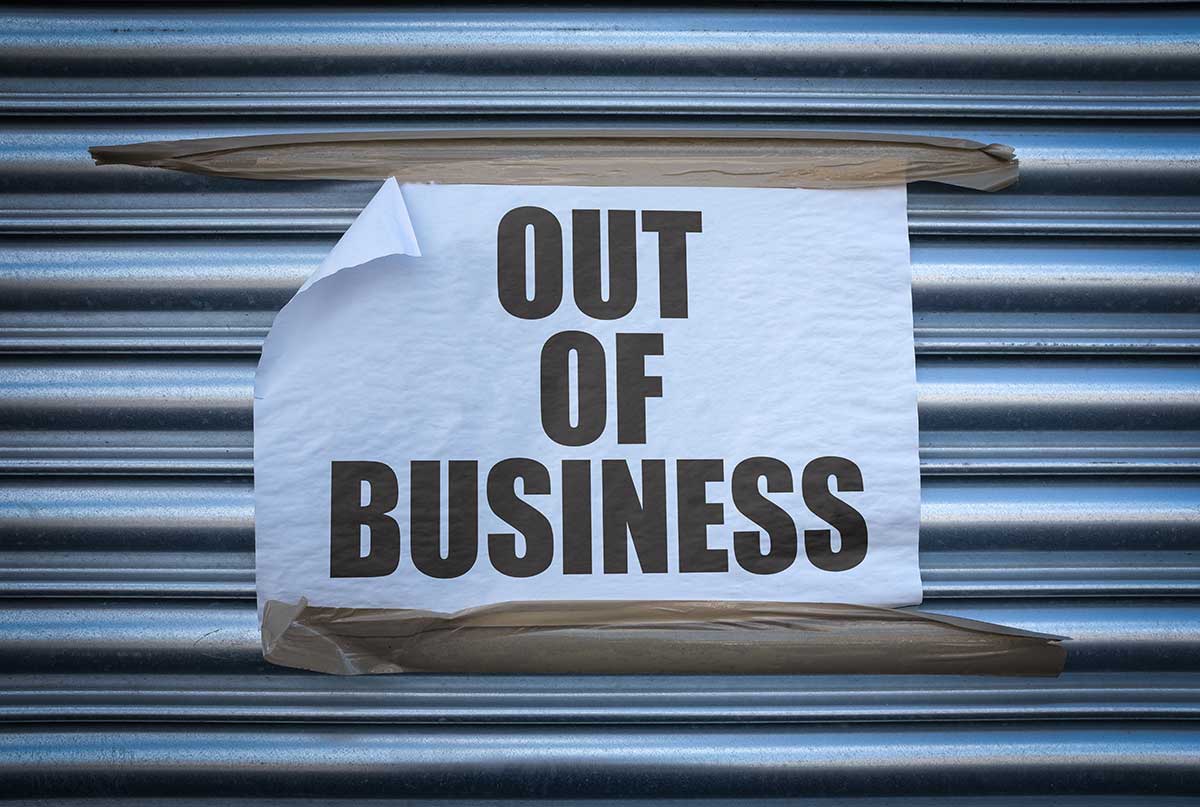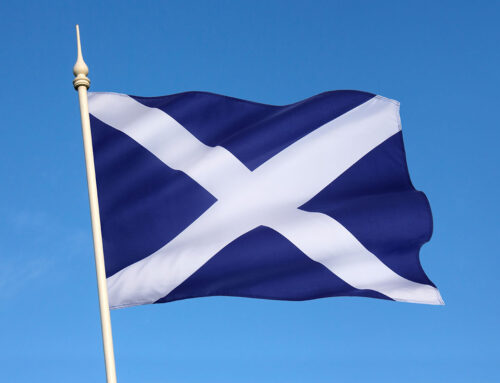This article will explain what the compulsory strike-off gazette notice is and will help you understand how to proceed as a director. In this particular matter, Scottish companies follow the same rules laid out in the Companies Act 2006 just the same as companies in England and Wales.
- What is a First Gazette Notice?
- What is Compulsory Strike-off?
- What’s the difference between Compulsory Strike-off and Voluntary Strike-off?
- How to stop first Gazette notice for compulsory strike off?
- How long does it take from first Gazette to strike off?
- How to withdraw your application for Strike-off?
- Do I need to tell HMRC if I strike off a company?
What is a First Gazette Notice?
A first Gazette notice is a public warning that Companies House will strike a company off its register.
The Gazette is a public journal that allows for a qualified individual such as a Solicitor or a Licenced Insolvency Practitioner as is the case of insolvency matters, to place statutory notices. All Scottish notices are placed in the Edinburgh Gazette. In the case with a Compulsory Strike-off in Scotland it will typically be placed by a registrar of Companies House in Edinburgh. Each of the UK geographies has its own Gazette.
A business will have been afforded three months warning Notices before being removed from the register at Companies House as a result of failure to file company accounts or non-payment of tax.
What is Compulsory Strike-off?
Compulsory strike-off is the term used to describe the process of a company having its registration forcibly cancelled and struck off the Companies House Register. This can have serious implications for a company and its directors if not handled correctly.
What’s the difference between Compulsory Strike-off and Voluntary Strike-off?
The main difference between compulsory & voluntary strike-off is that company directors can initiate a voluntary strike-off themselves, whereas a compulsory strike-off can be initiated by third parties if there is an adequate reason. For example, overdue company accounts is probably the most common.
As long as the company is solvent (meaning, it can pay off all its creditors, plus interest within 12 months), then the directors are free to use a voluntary strike-off. This is a simple process and can be completed by applying online at Companies House or by submitting DS01 form.
However, companies facing outstanding bills from creditors who cannot be paid will be deemed as insolvent. They cannot pursue such action; rather alternative actions, such as a Creditors’ Voluntary Liquidation (CVL) may be implemented.
Voluntary Strike-off
Voluntary Strike Off is a process whereby a company can be dissolved when it has ceased trading and all its debts can be settled. It involves submitting an application to Companies House, which must be accepted before the company can be formally closed down. It is a legal requirement that all companies must comply with if they wish to cease trading and is sometimes referred to as dissolution. This is often a preferred option for companies that are no longer viable or are approaching insolvency. Or companies whose directors wish to retire and there are very little asset left in the business. If there are assets, for example, over £25,000 then a Members Voluntary Liquidation (MVL) would likely be used instead for the additional tax benefits it affords.
Compulsory Strike-off
Compulsory Strike-off is an action that may be taken against a company that is in breach of it’s duties or is considered to be insolvent. This results in the company being forcibly wound up by the relevant authority, usually Companies House. The process begins with a notice being published in the Gazette and creditors must then be contacted prior to publication. All assets owned by the company must be sold off to settle any outstanding debts before it can be dissolved completely. Compulsory strike-off should only be used as a last resort if alternative options cannot be found.
How to stop first Gazette notice for compulsory strike off?
The first step to stopping a compulsory strike-off is to respond to the Gazette notice as soon as possible. This notice must be addressed directly to Companies House and should include reasons why the company should not be struck off, such as evidence of trading or ability to pay outstanding debts. It is also important to contact all creditors and explain the situation and negotiate repayment terms. If successful, the original application will be withdrawn and the company can continue to operate. Alternatively, an alternative solution such as voluntary strike-off or administration may be pursued.
How long does it take from first Gazette to strike off?
After the first Gazette notice has been issued and all creditors have been contacted, Companies House must review any appeals and evidence supplied by the company before making its final decision as to whether it should go ahead with the compulsory strike-off.
If nobody objects, the company will be struck off the register once the 2 months mentioned in the notice has passed.
How to withdraw your application for Strike-off?
If your company is no longer eligible to be struck off, for example if it is trading or becomes insolvent then you can withdraw your strike-off application. You can also withdraw your application if you simply change your mind and want to keep your company.
You should do this immediately using the Companies House online service or by sending a paper form DS02.
Do I need to tell HMRC if I strike off a company?
Yes, you must inform HMRC if you decide to strike off a company. HMRC need to be notified of the decision in writing at least seven days before the date of strike off. Other legal requirement for the company’s officers are to inform all affected employees of their dismissal as soon as possible and any payments due, such as pay in lieu of notice or holiday pay, must be made.









